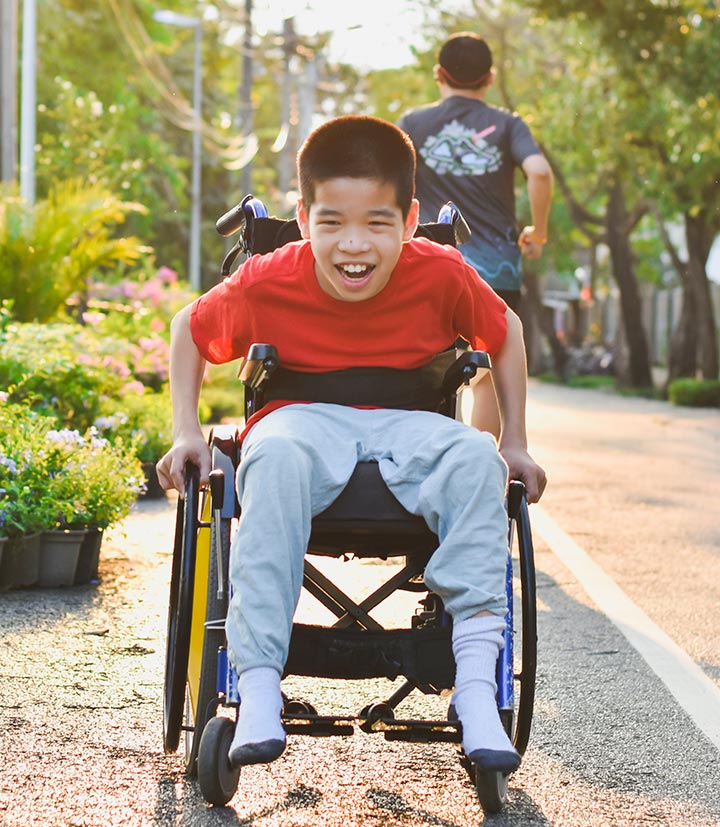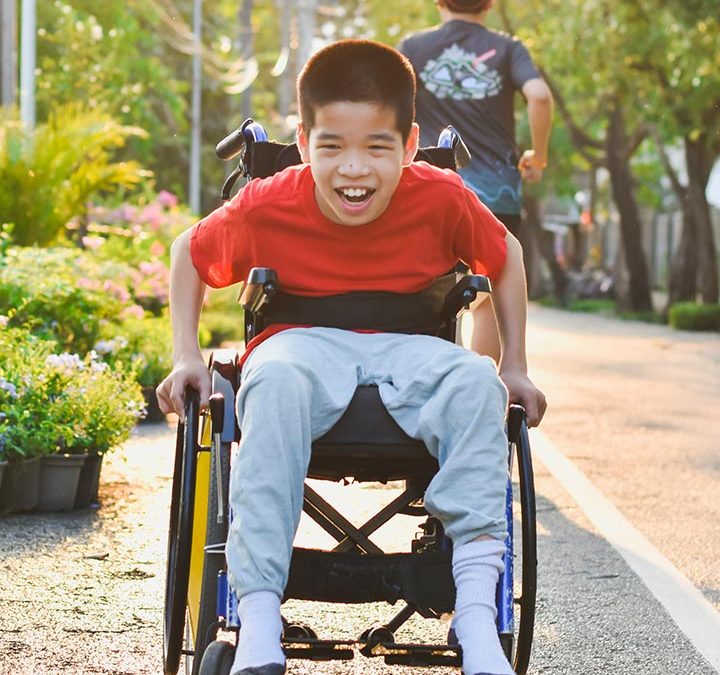One of the reasons for the American Disabilities Act (ADA) was to make all locations accessible for those who normally couldn’t get to them. This is especially true with playgrounds in Salt Lake City and across the country.
Playground materials needed to be evaluated. One reason was to ensure the proper components were properly set up. Another reason was to confirm there were enough soft playground surfaces to minimize injuries.
“The goal of making playgrounds handicap compliant had a huge impact on new and existing locations. ”
Today’s playgrounds can be quite imaginative to handle all types of children. There may be some in Salt Lake City that encourage everyone to play together. But, is the local playground ADA compliant? Here are a few things to know to make a determination.

Sof’Fall Engineered wood surface is 100% ADA compliant and fully approved by multiple organizations that govern playground equipment safety.
Accessible Routes
Outside of the play area, the soft playground surface must be stable, slip resistant and at least three-feet wide. Any grates or openings should be no larger than a half-inch, and the same goes for any changes in level. On the way into the play area there shouldn’t be any objects that protrude onto the path more than four inches. This includes drinking fountains or signs.
The Play Area
Inside the play area, playground materials need to be easy for children using mobility devices or wheelchairs to traverse, Thus, there should be a 50/50 split between elevated and ground level components. Those higher items should be accessible via low-grade ramps. All surfaces should be examined through standards developed by the American Society for Testing and Materials (ASTM). In reviewing components, ASTM looks at the minimum characteristics and performance needed to be ADA compliant.
“Finding a safe place for our children to play needs to be a priority. Not just for our children, but for all children.”
Some of the most common ADA compliant playground materials include wood fiber or carpet, a rubber surface, and synthetic turf. When making a determination on the structure materials, items like weather and environment need to be examined.
For instance, a playground may not be ADA compliant if the materials get too hot in direct sunlight. In another example, changes may need to be made if the ground surfaces are not moisture absorbent.>
Becoming ADA Compliant
In many cases, it costs developers between $60,000 to $100,000 to make a playground ADA compliant. So, they may decide to do a partial update for access. Or they may not do one at all.
Should visitors feel a playground isn’t ADA compliant they need to report it. If the playground is based in a private business — for example, a preschool — it needs to be discussed with management. If it’s part of a park, then reports or complaints need to go to the township, county, or state
Should the issue not be resolved at those levels, then a complaint can be filed at the federal level. ADA.gov has information on how to register this with the Civil Rights Division of the U.S. Department of Justice.
In the end, all children have the right to enjoy a playground. If they have trouble on their own or with mobility devices, then this needs to be addressed. For play helps them build confidence and happiness for a better life.
We've been catching children when they fall for over 27 Years
Get in touch with us to learn why our play area surface products are your best option.Get your free quote today.
CONTACT US!
Call, email or send us a message from our online form. We're happy to answer your questions or send you an estimate.

